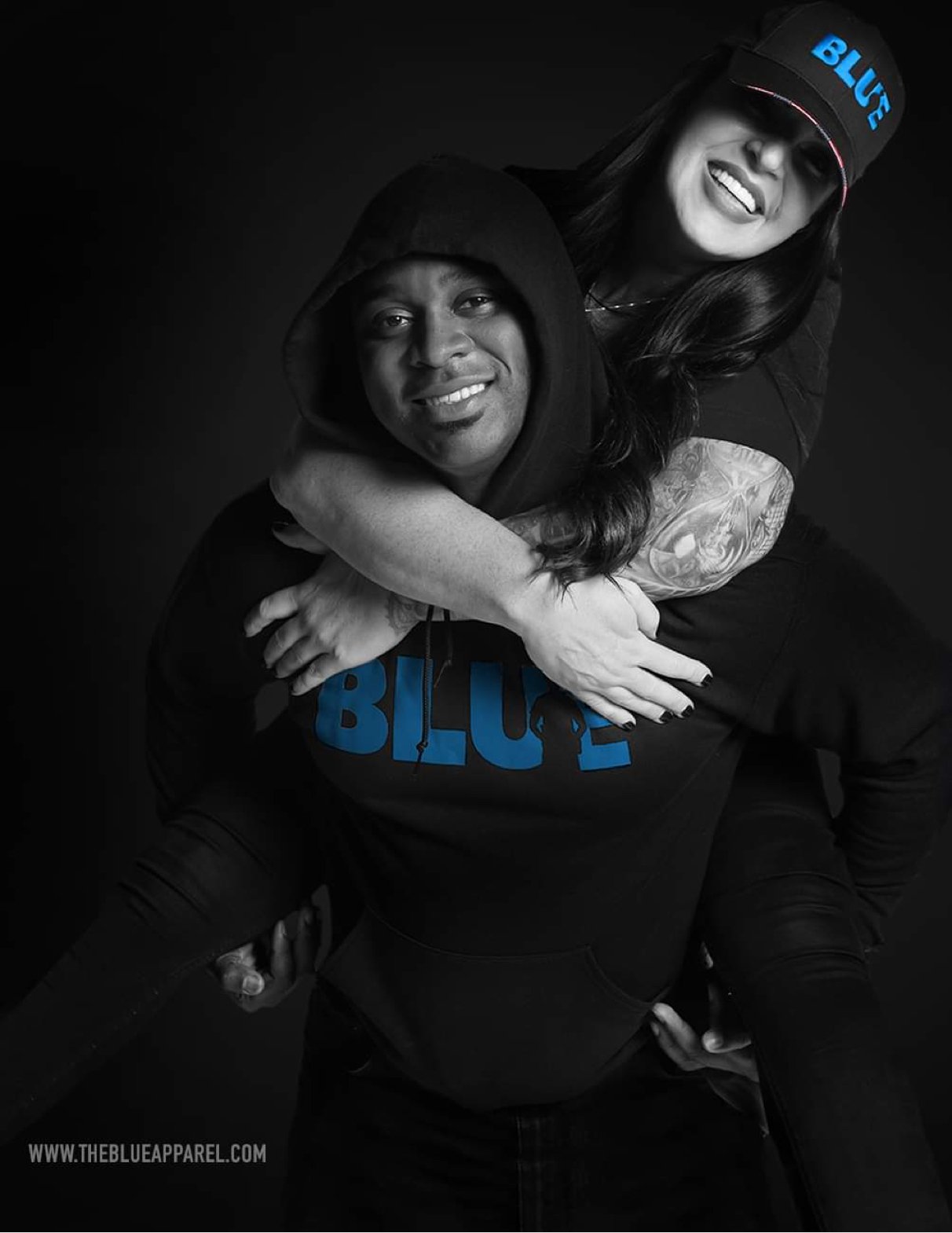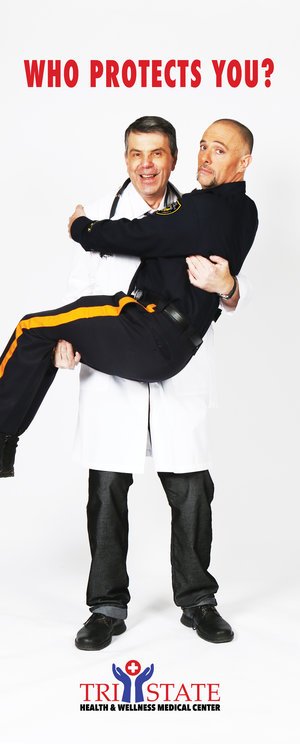Many Police Shootings Involve People in Mental Health Distress
/Many Police Shootings Involve People in Mental Health Distress
By: Leonard Adam Sipes, Jr.
While this article indicates that 42 percent of police shootings involve people in mental health crises, I believe this is an undercount. If one looks at the data, most offenders have mental health issues, and most are under the influence of drugs or alcohol during arrests.
It’s all in the definition of mental health. There are a ton of people not formally diagnosed who cannot handle confrontations without verbal or physical aggression, especially if coupled with substance abuse.
This becomes the heart and soul of interactions with law enforcement that go bad. As a cop, I was amazed that the simplest of interactions had a way of getting complicated very quickly. From family disputes to traffic stops to investigating crimes, many people became instantly combative regardless of my demeanor.
I often had to suggest that their vocal abuse was a sign that they could be guilty of a crime and their actions might lead to their arrest just to get them to reassess how they were interacting with me. It worked in the majority of cases.
We blame cops for shootings or use of force when it’s the offenders in the vast majority of cases who are acting irrationally and, in many cases, dangerously. Anyone interacting with an obviously distressed person would be on high alert as to defensive actions.
I had a person blocking a small public dirt road from their neighbor because of a dispute. The person doing the blocking acted emotionally; he wasn’t moving his vehicle. It was obvious that he was under the influence. It was obvious that he wasn’t rationally assessing the situation. Calls were backing up and the aggrieved party wanted him arrested.
So I went to his nearby house and got his wife, who talked her husband out of the situation. She said that he drinks too much and that he “could” be abusive to others. When pressed further, she stated that he had emotional problems. He kept a baseball bat in his car. In the presence of his wife, he promised not to block his neighbor again.
Thus I avoided a difficult arrest that could (probably would) had led to some form of physical interaction with a drunk, emotionally disturbed man. I suggested to his wife that he needed counseling before he got into real trouble. Yes, I asked her if she was being abused.
I came from that situation understanding that the event and many other interactions could easily get out of hand and might eventually lead to violence or, God forbid, a shooting.
But Use of Force Is Rare-Two to Three Percent Involve Force “Or” Threat of Force
An estimated 40 million U.S. residents age 16 or older, or about 17 percent of the population, had a face-to-face contact with a police officer in one year. Among people who had face-to-face contacts, about nine out of 10 residents felt the police were respectful or acted properly - Bureau of Justice Statistics.
Having said this, it’s inevitable that out of 40-60 million yearly encounters, some will go bad. It’s a statistical reality. Per the Bureau of Justice Statistics study, police used or threatened to use force in less than two percent of contacts.
Police-Citizen Contacts
Some media commentators suggest that police use of force is growing/common/frequent during stops. Less than 3% of U.S. residents experienced a threat “or” use of force during their most recent police-initiated contact.
Law Enforcement-One of the Most Respected Institutions
Study after study, poll after poll state that the vast majority of Americans give police very high marks. While there are differences based on race or income or age or political affiliation, the vast majority of Americans, regardless of demographics, rate cops highly and want law enforcement in their communities.
42 Percent of Utah Police Shootings Involve People in Mental Health Crisis
A first-of-its-kind data analysis of Utah law enforcement records, news reports and family interviews surrounding 226 police shootings that occurred between 2010 and 2020 has found that at least 95 people (42 percent) were suffering a mental health crisis, had a mental disability or expressed a desire to end their own lives - PBS.
More than half of the 95 encounters ended with the subject dying, most often by police gunfire. Of the 95 people in crisis, 79 percent of them were suicidal.
While the number of shootings during the period examined fluctuated from year to year, going as low as 16 percent some years and as high as 60 percent others, there wasn’t a year when police didn’t shoot at someone in crisis.
Additional Data On Mental Health And Substance Abuse
Substance Abuse: States routinely provide an estimate that 80 percent of their prisoners have either substance abuse problems or major addictions.
Under The Influence At Arrest: Anywhere from 56 percent (Charlotte) to 82 percent (Chicago) of arrestees tested positive for the presence of some substance at the time of an arrest. In 9 out of the 10 sites, 60 percent or more of arrestees tested positive per the Arrestee Drug Abuse Monitoring (ADAM II-since discontinued) - National Institute Of Justice.
Mental Health Histories: Per Bureau of Justice Statistics research, more than half of all prison and jail inmates had mental health problems. These estimates represented 56% of state prisoners, 45% of federal prisoners, and 64% of jail inmates - Mental Health and Crime.
Add substance abuse and histories of violence (most state inmates are violent per the Bureau of Justice Statistics) and data stating that most offenders come from very troubled backgrounds and we begin to understand the dangers and difficulties of making stops and arrests.
“I know there’s a saying that ‘Hurt people, hurt people,’” Winfield said. “But where I come from, hurt people kill people - CBS News Covering Baltimore. Cops deal with a lot of “hurt people” daily.
Per the Bureau of Justice Statistics, many prisoners have severe medical issues which complicate interactions after release.
It’s also common for weapons and firearms to be present during police interactions.
After tens of millions of police interactions, the vast majority of the public rate officers highly, stating that they acted appropriately. Use “or” the threat of violence occurs in less than three percent of police interactions.
Considering the data, this seems almost impossible and indicates that the vast majority of cops go above and beyond to do the right thing.
Yes, I understand that data on inmates and mental health don’t represent all police contacts, but it does account for many and it may involve most for serious interactions (i.e., warrants, crimes in progress, and calls from citizens).
But however you slice and dice the data; it’s possible that most police shootings and use of force incidents involve people with mental health or emotional issues coupled with being under the influence at the time of arrests.
The collective data indicate that the vast majority of police officers are using enormous restraint.










